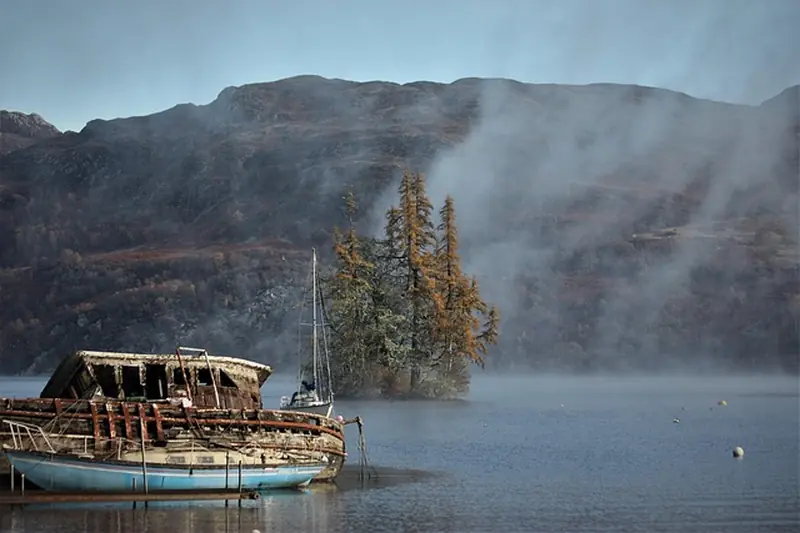
The offer is more than enticing. But it requires courage and a certain set of skills.
For nearly a century, the legendary creature in Loch Ness, located south of Inverness, has been the subject of heated debates. The enormous being, affectionately known as Nessie, has reportedly been spotted in the lake by various people over the years.
The idea of making money by hunting for a monster and conducting search tours might seem too good to be true, especially for those who believe in Nessie’s existence.
What’s required and how much does it pay?
So, it’s time to dust off that old resume: the Loch Ness research team has announced a vacancy for a Nessie hunter.
“Could you be our resident Nessie hunter?” the staff at the Loch Ness Centre asked on Facebook. According to the social media post, they are looking for “a skipper who loves adventure and can set sail on the world-famous Loch Ness to lead cruises on the Deepscan vessel.”
The chosen candidate will share stories about Nessie with guests, utilize state-of-the-art sonar (a device for navigation and detecting underwater objects) during the cruises, and participate in cutting-edge research dedicated to the “legendary monster.”
And most importantly, this job comes with a rather generous salary. The resident Nessie hunter will earn £180 per day (over 9,500 UAH), which translates to an annual salary of £46,898 (around 2.5 million UAH).
Candidates must possess certain skills
The skipper, who will also be the Nessie hunter, will work aboard the Deepscan vessel, which can carry 12 guests at a time. Their task is to make the lake tours unforgettable. Naturally, the successful candidate must have proven experience in boat handling.
“You should have a passion for boating and a deep understanding of marine operations. Responsible for navigating our vessel and its operation, you will ensure the safety of passengers and their enjoyable experience on the water. This position also requires excellent communication skills, attention to detail, and the ability to respond effectively to changing conditions,” the job listing states.

“Representing the Loch Ness Centre brand, you will share your ideas and knowledge while providing our guests with a unique opportunity to learn about the famous sightings of the monster and the history of Scotland’s most mysterious lake,” the search for the ideal candidate continues.
They also noted that the employment contract will run from March 31 to November 2 of this year, with a workweek lasting 30 to 40 hours.
During the interview, candidates “may explore additional opportunities that could make this position year-round.” The Daily Mail, which reported on the vacancy, also provided a resource for applications.
About eyewitnesses and rumors
In September of last year, Sean Sluggy, an experienced skipper of the Cruise Loch Ness vessel, made headlines after a sonar detected a mysterious object in the famous lake. The monitoring system indicated that something enormous was lurking at a depth of about 98 meters.
Sluggy remarked, “This is the biggest thing I’ve ever seen.” Although the source of the sound remained unclear, the skipper admitted, “The strangeness of what was happening was eerie—it left me speechless.”
Rumors of a strange creature living in the Scottish lake have circulated for ages. However, very little evidence of its existence has been found. It is believed that the first recorded sighting of Nessie occurred back in 565 AD when an Irish missionary encountered a giant monster in the River Ness.
One of the earliest sightings that sparked the “Nessie-mania” of the last century was published in the Inverness Courier on May 2, 1933. In the article, a local couple claimed to have seen “a huge animal gliding and diving on the surface.”
Since then, the media has been flooded with reports about Nessie—both fake and seemingly credible. Over time, numerous theories have emerged regarding what observers might have actually seen. Researchers have speculated that it could have been a giant local sturgeon with a prominent back, a long Scottish pine, or even a long-necked plesiosaur that somehow survived on Earth.
Yet, to this day, no one has provided convincing evidence of the lake monster’s existence.
